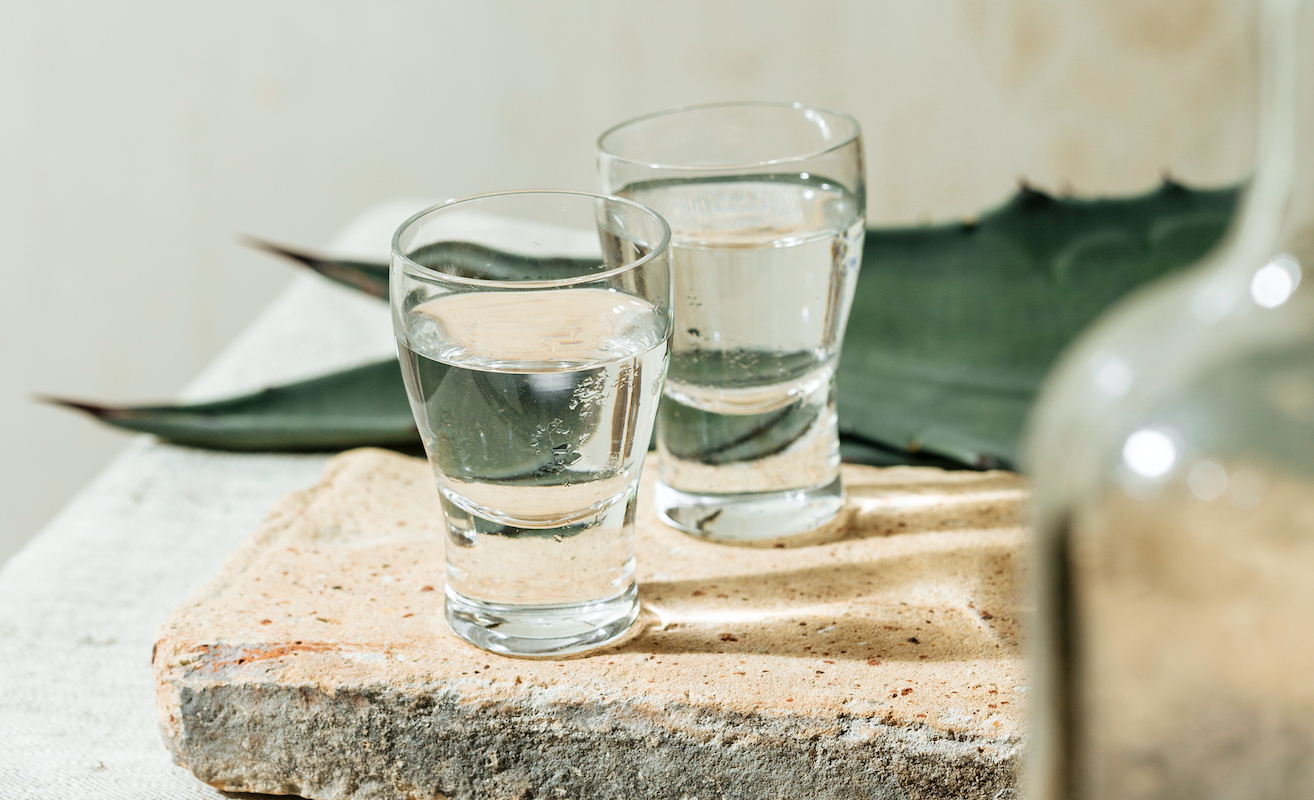This website uses cookies so that we can provide you with the best user experience possible. Cookie information is stored in your browser and performs functions such as recognising you when you return to our website and helping our team to understand which sections of the website you find most interesting and useful.
The Agave Trilogy pt. III: raicilla
By Gabriel Power | 22 February 2023 | Food & Drink, Travel
In the final instalment Tempus celebrates the criminally underappreciated raicilla, once a bootleg moonshine and now a widely respected member of the agave family

In this three-part series, Tempus is putting the more ubiquitous tipples of whisky and wine to one side and instead taking a look at some of Mexico's finest agave-based spirits, which have grown in popularity among the knowledgable contingents of British society in recent years. In the final instalment we look at raicilla, a semi-distant relative of mezcal known for its rugged, earthy flavour profile. Held in high esteem by millions of Mexicans but virtually unknown in Europe, this thunderous agave spirit is both delicious and the perfect conversation starter at your next dinner party.
Straight from the off, with few people having heard of this mysterious spirit let alone tasting it, the tale of raicilla may sound like something of an underdog story. It could be seen as the runt of the litter; an afterthought clinging to the coattails of its ultra-glamorous cousin tequila and even trailing behind its eccentric half-brother mezcal.
And while it is true that raicilla has gone deep under the radar in almost all corners of the globe outside of Mexico, it is far from a hanger-on – if anything, very few spirits demonstrate the extraordinary versatility of their core ingredient than raicilla. Because while it has the same heart of agave as its more popular relative and even hails from the same small Mexican state as tequila, this beguiling spirit is an entirely different beast.

Raicilla is agave spirit at its most rugged. While the production of tequila is wrapped tight in red tape and the final product is practically deified by the Mexican authorities – and mezcal is becoming the go-to margarita booze for savvy hipster bartenders in major European cities – raicilla started life as moonshine, crafted by bootleggers as a sort of DIY mezcal. As a result, its origins are difficult to trace and its profile has remained relatively low in the centuries since its production was first discovered (and subsequently taxed almost to extinction) by Spanish settlers in the 18th century.
Despite this, its reputation has been upheld by its popularity among vast swathes of Mexican populace, who have been enraptured by its complex, hefty flavour profile for hundres of years. And in recent decades its folkloric place as the drink of criminals and peasants has been pushed aside, achieving Denomination of Origen status within Mexico in 2019.

This status is key to understanding the mechanics of raicilla. Where US and central/eastern European moonshines can all be lumped together solely due to the randomness of their ingredients – they are often made in bathtubs or barrels with whichever fruit or plant is endemic to the local area – raicilla appears to have developed a uniform production process despite its murky past.
The drink, the name of which translates to "little root" in English, is made from the agaves mezcales plant (also known as agaves americana in the English-speaking world), which mostly comes from the Mexican state of Jalisco in the areas surrounding the city of Guadalajara, much like tequila. But unlike tequila, the production of which calls for the agave to be steamed, raicilleros concoct their spirit by roasting the agave in an laval stone-lined underground pit in a highly similar fashion to mezcal. In other parts of Mexico where the drink is made, adobe ovens resembling enormous pizza ovens are used instead. In both cases, the plant is roasted for several days, activating the natural sugars of the agave, before they are compressed and left to ferment in oak barrels before distillation. They are then double-distilled in wooden pots.
The result is frankly astonishing. A quality raicilla is a roaring, smoky, floral rollercoaster that is unquestionably the most fragrant of the agave spirits. It has a deep earthy texture that contains palatal flourishes of the soil from which is is grown; its initial kick is a rich, punchy vegetal one highly representative of the terroirs of its region of origin, while its finish is chock full of meaty umami tones. It is a sumptuous, thunderously satisfying experience that is a world away from the smoothness of mezcal and the sweetness of an aged tequila.

Those looking to sample this uniquely Mexican spirit will be left wanting if searching through the aisles of their local supermarket or off licence – it is still vanishingly rare in most of Europe and even the US despite its proximity to Mexico. So if you simply must get your hands on a bottle of raicilla, MexGrocer, an online UK retailer specialising in imported Mexican produce, has your back.
They are currently offering a range of raicillas from Balam, a producer from Jalisco whose name ominously means "jaguar" in the indigenous Yucatec language of the Maya. While their Costa offering works well as an entry-level raicilla due to its similarity to most joven mezcals, their Madurado is where the magic really happens. This is a huge, bold raicilla rife with tropical fruit notes and woodsmoke, with a glorious floral finish typical of a high-end raicilla.
A fascinating and unusual drink, it's only a matter of time – production and export permitting – before raicilla is held in the same esteem as its hearty agave cousins. Similar enough to its relatives while still retaining its own highly distinct flavour profile, this is a highly accessible yet still challenging and complex spirit that is the perfect conversation starter for your next dinner party.







